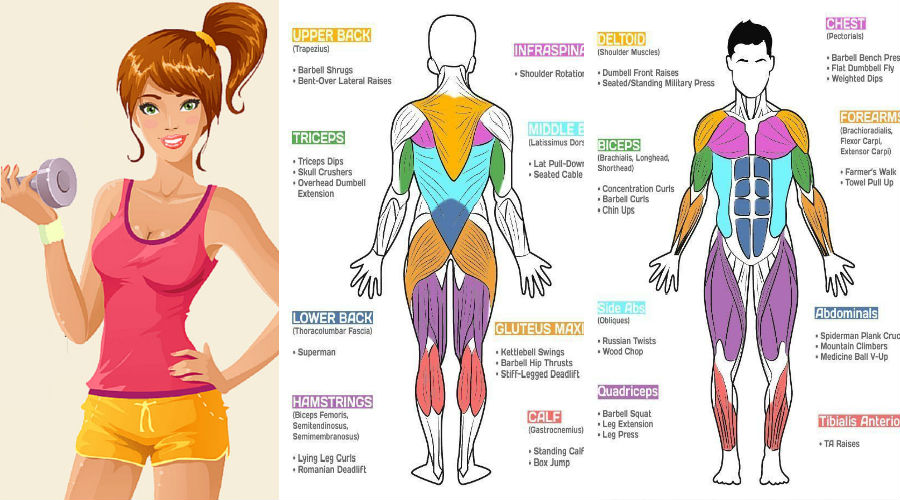You’ve heard about symmetry before: It’s a mathematical principle that denotes exact equality on two sides. Some elementary school teacher probably taught you about all of this years ago, and you likely haven’t thought about symmetry since.
But you should, and especially when it comes to running, because an asymmetrical body could be the culprit behind a nagging injury, or what’s keeping you from finally nailing a new PR. At the end of the day, all runners want to get better at their sport and prevent injury. Symmetry—or a lack thereof—plays a crucial role in both.
If a runner is asymmetrical, one part of the body may have to work harder than the other to compensate for weakness. That doesn’t mean you’re definitely due for an injury, but it increases the likelihood. Runners have some of the highest incidences of injuries, and a lot of that has to do with not properly fixing muscular imbalances.
These six moves can help you find out. Re-test every eight weeks, and note any weaknesses so you can address them with your PT.
1. In-Line Lunge

How to:
- Start in a narrow lunge, right heel aligned with ball of left foot. Hold a towel vertically down your spine, right elbow pointed toward ceiling and left hand at lower back.
- Lower into a lunge, keeping towel straight.
Pay attention to: Front knee. If it’s moving away or toward the midline, it could mean an imbalance in the hips and glutes.
2. Deep Overhead Squat

How to:
- Start with feet slightly more than shoulder-width apart. Hold a towel and lift overhead.
- Sit into a deep squat, towel aligned over feet.
Pay attention to: Knees and heels. If the knees cave in, that can indicate hip weakness. If the heels come off the ground, that means calves may be tight, limiting ankle mobility.
3. Hurdle Step-Over

How to:
- Stand in front of a hurdle or step with feet together, holding a towel directly overhead.
- Lift knee to step over the hurdle and bring your heel to the floor. Step back to start. Repeat on other side.
Pay attention to: Path of your front leg. If you kick the leg out, you could be lacking hip mobility or strength.
4. Triceps Pushups

How to:
- Start at the top of a pushup position, elbows tucked in by your sides.
- Perform a pushup, keeping elbows tucked and body in a straight line.
Pay attention to: Butt and shoulders. If you’re “worming” up butt first, that could signal core weakness. If your shoulder blades aren’t moving in sync, there may be an imbalance in your postural muscles.
5. Thoracic Spine Rotation

How to:
- Start on all fours, spine in a neutral position. Place left hand behind head.
- Rotate left elbow toward right forearm as far as possible.
- Reverse the motion, rotating left shoulder upward. Switch hands and repeat on other side.
Pay attention to: Your rotation, or lack thereof. If you are able to rotate farther on one side, that may indicate an imbalance in core mobility and flexibility.
6. Same-Side Bird Dog

How to:
- Start on all fours with a neutral spine.
- Extend right arm and leg, keeping hips square. Hold for a few seconds. Return to start and repeat on the opposite side.
Pay attention to: Your positioning, and overall ability to perform the move. If you’re leaning too far to one side, or you simply can’t do the exercise, you may have weakness or instability in your pelvis and core.

